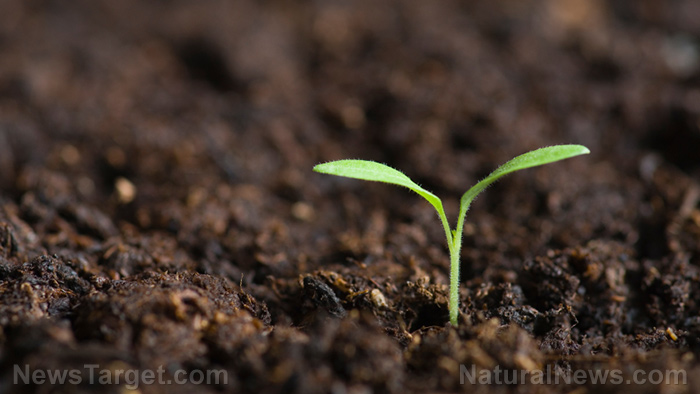
Caring for soil often takes one major ingredient first and foremost: time. And so a study that was carried out for the EcoFINDERS project of the European Union used that as a basis, along with some other unique factors, to find out how to best improve the conditions of soil for later use.
The research was led by the French National Institute for Agricultural Research (INRA) and focused on the changes in soil biodiversity after using fallowing as a restoration strategy. The study required the creation of a new long-term observation facility that was unique and could accommodate the needs of the researchers. After an ample set-up time, the facility was able to offer results that could be analyzed for changes in diversity and community interactions in the soil.
The role of carbon in soil biodiversity and organism interactions
After the initial set-up, researchers got to work on fallowing the soil for the study. They studied the changes in biodiversity over quite a long time, checking again over a period of up to 31 years where the soil was left uncultivated.
Analysis revealed that the biodiversity and organism interaction were both associated with carbon uptake in the soil thanks to the use of 13C-labelled carbon dioxide. To be more specific, the researchers found an increase in the number of connections among groups of organisms in the soil throughout the duration of the study. That is, the restoration process where the soil was simply left uncultivated after they fallowed it. The researchers also noted an increased diversity in arbuscular mycorrhizal fungi, which are known to be involved in establishing symbiosis with plant roots.
After analyzing the 13C, researchers found that there was an increase in carbon uptake in the soil right alongside the strengthening of community connections among soil organisms. Plants that were left in long-standing fallow soil were found to have less photosynthesis-derived carbon in their roots, while the majority of the marked carbon went to so-called consumers like fungi and nematodes.
The fungi in particular represented three quarters of the marked carbon in the soil that was fallow for a long time. This is in contrast with the fungi that incorporated only half of the marked carbon in soil that was fallow for a short time only.
"These findings show that the network of connections among organisms becomes stronger over time as soil is left fallow," a report on the study states. "This leads to increased plant-derived carbon uptake, notably through soil fungi."
Implications of the study's findings
The researchers concluded that if soil is left fallow for a long period of time, this causes the network of connections among organisms in it to become undoubtedly stronger. It results in a marked increase in carbon-consuming microbial groups and an increase in community connections among these groups.
In the future, if there is a better understanding of the fungi that incorporate carbon in healthy soil food chains, the findings of this research may be used to improve sustainable soil management practices. Current methods ideally peg carbon storage increases at four percent per year.
The researchers have also noted that future studies may need to be done with particular attention to the overall effect of agroecosystems on the soil fungi and their interactions. This is to find out which processes can help improve soil carbon storage.
Sources include:
Please contact us for more information.

















